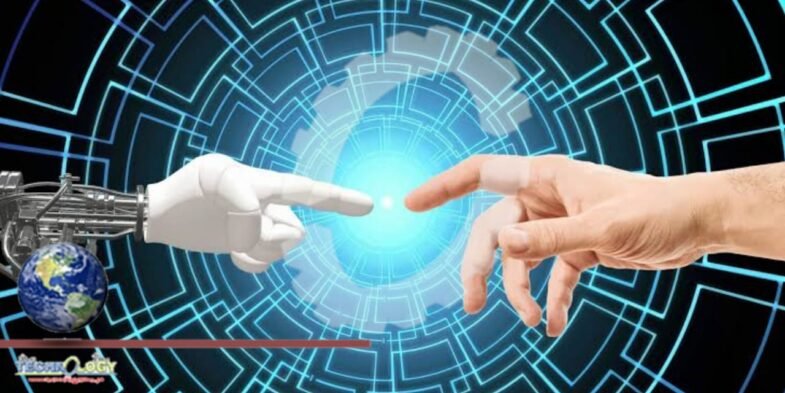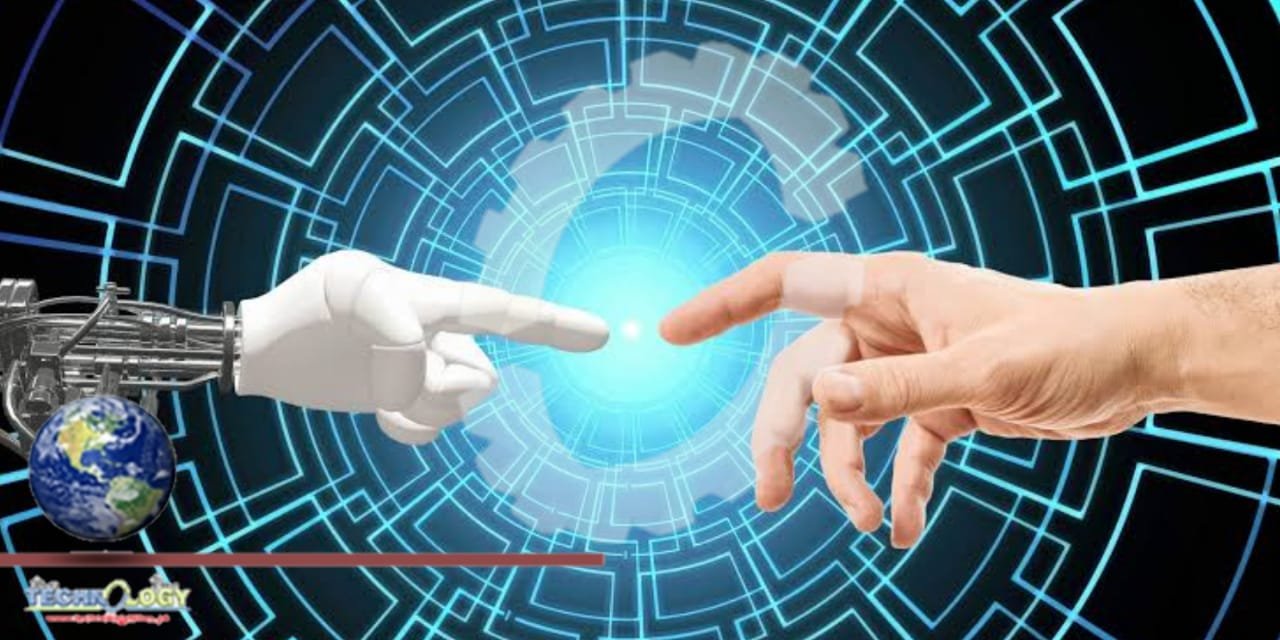The next step in new technology adoption certainly is appealing to IT leaders and enterprise executives. They can try new and different things. Yet success with concepts such as artificial intelligence (AI) and machine learning is less about technology and more about people. AIOps, observability, continuous intelligence, cloud and remote work require a rethinking of the IT organization, new degrees of trust in data, and dramatic changes in the workforce.

This ain’t plug and play.
The emergence of AI and other data-centric and real-time technologies, along with the shift to remote works, presents challenges. The breakthroughs rank up there with the dawn of the PC and the web when it comes to the impact on how business gets done and who does it.
These technologies require IT professionals to develop new skillsets. Those skillsets blend tech knowledge with business sense more than ever before. In fact, a growing amount of “IT work” will be done by “non-IT” people in primarily business roles.
What is different today
As a business world, we are asking our computers to do work that we never envisioned in the past. For decades computers enhanced tasks once assigned to paper forms and human memories. We digitized financial records and streamlined consumer purchases. We wrote and read with computers. Even searching for information – now done on the web with a phone – was done in the past, only by slogging through library books.
Consider the applications that AI is enabling in enterprises today. A generation ago some were unheard of, and the others were largely manual. CompTIA released this list:
Predictive sales/lead scoring
CRM/service delivery optimization
Chatbots/digital assistants
Cybersecurity threat detection
Marketing automation
Keep in mind that AI and ML are still in virtual adolescence, so we’re just learning about its potential, and what it takes to implement them.
So, how can IT and business leaders succeed with these new technologies and avoid pitfalls? Experts have advice for how to approach them from an organizational and talent standpoint.
The IT role
The classic image of an IT professional is that of someone engrossed in coding, juggling hardware, or staring at a board of status lights.
Kevin Petrie, research director for data analytics research and consulting firm Eckerson Group, says of today’s IT professionals, “Less and less are they expected to pick up a wrench and beat on a cabinet. More and more, they’re being required to help optimize from a compliance and cost perspective how virtual cloud resources are managed.”
He shared three key points of advice for IT managers in a recent interview: First, to think creatively about how to motivate and improve the efficiency of their people. Two would be to encourage them to seek out common tools that help them help each other. The third would be to listen to the needs of the business. That’s because the business probably doesn’t need what it needed two years ago. It’s important to start now to shape what you are trying to achieve from an IT perspective.”
New hot IT skills
CompTIA also developed a list of this year’s most in-demand IT job skills. Note that core programming language talent – historically a top skill in IT job postings – barely ranks in the top 5. Plus, cybersecurity, perhaps the most in-demand skill in the past decade ranks only sixth. Those most in demand are focused on what might be considered part of the modern infrastructure of tomorrow.
Machine learning
Artificial intelligence
Cloud computing
Data science
Programming languages
Cybersecurity
Big data
Soft skills
Automation
SQL
CompTIA, an IT professional association and training organization, noted, “This is a time for IT professionals to level up tech skill sets by obtaining specific competencies. If you choose to maintain the status quo, you may risk losing relevance in your field.”
Increasingly “IT skills” no longer are dominated by making technology work. Skill is about understanding a technology’s capabilities and how it can address a real-world business need.
New technologies for a new workforce
Eighteen months later the elephant in the room – Covid 19 – is still with us, but even when that is gone, experts believe remote work will be here to stay.
“The pandemic has accelerated digital transformation and changed how we work,” Khali Henderson, Senior Partner at BuzzTheory and vice-chair of CompTIA’s Emerging Technology Community, wrote in a statement accompanying the skills data. “We learned — somewhat painfully — that traditional tech infrastructure doesn’t provide the agility, scalability, and resilience we now require. Going forward, organizations will invest in technologies and services that power digital work, automation, and human-machine collaboration. Emerging technologies like AI and IoT will be a big part of that investment, which IDC pegs at $656 billion globally this year.”
In a Harvard Business Review article, Gartner analysts Brian Kropp, Alexia Cambon, and Sara Clark looked at today’s workforce and the “normalization of remote work”.
They wrote, “As both employees and managers have become more distributed, their relationships to one another have also become more asynchronous. Gartner estimates that in more than 70% of manager-employee relationships, either the manager or the employee will be working remotely at least some of the time. This means that employees and their managers will be less likely to be working on the same things at the same time. Managers will have dramatically less visibility into the realities of their employees’ day-to-day and will begin to focus more on their outputs and less on the processes used to produce them.”
They noted that companies are investing in new technology to monitor remote employees, scheduling software, AI-enabled expense report auditing tools, “and even technologies to replace manager feedback using AI.” The latter may be welcomed by experienced managers when year-end reviews roll around.
IT goes remote too
Remote work presents a special set of circumstances for IT teams. They not only have to support the tech needs of remote business users but IT pros and their managers are also working remotely. At the same time, IT teams increasingly are sending their operations to cloud and outsourced providers and contractors that they may never meet.
Managers – in IT and throughout the business – also have to deal with employees’ changing expectations. The Gartner team said, that during the pandemic, “The relationships between employees and their managers have started to shift to be more emotional and supportive. Knowledge workers now expect their managers to be part of their support system to help them improve their life experience, rather than just their employee experience.”
As most IT professionals who are in user-facing roles likely know, the tech expectations of employees are also changing. With as much as 30 years of experience with PCs, 20 years of experience with the web, and more than a decade relying on smartphones more non-IT workers than ever are comfortable with technology. The workforce includes some “know-it-all” critics of IT.
Yet there also are project owners who immerse themselves in tech they will be using, business leaders who have valued knowledge of technologies of their sector, and individual workers who are reasonably self-sufficient. In addition, some business people with at least minimal tech skills are being recruited as key players in developing AI apps.
Leadership and new technology
Dozens of pundits over the years have highlighted how change is constant, change is inevitable, or change is good. In the tech space change tends to happen even before people have completed the last year’s change.
Take the case of “Ops”, including ITOps, AIOps, DevOps, and CloudOps. All except ITOps are relatively new concepts.
Eckerson’s Petrie noted, “There’s somewhat of a convergence of ITOps, DevOps, and CloudOps. ITOps seeks stability. DevOps seeks agility. CloudOps really combines the two and applies it to cloud environments. So, it is seeking stability and agility on the cloud. But the net effect is that they have individuals that have overlapping responsibilities and titles in those three realms. Something that enterprises are going to have to continue to figure out is how to divide responsibilities among overlapping engineers and retrain all those folks for the cloud.”
So, who takes the lead? Petrie says that embracing new technologies and new organizations starts with the CIO, with the next level of executives below the CIO helping to define responsibilities and roles. “But it’s also going to depend on the grassroots desire of ITOps engineers, DevOps engineers, and CloudOps engineers to push for shared platforms to help one another to push for shared platforms, shared technologies, and open-source tools that can help them help each other.”
That means everyone in IT can be drivers of new technology concepts and, given how many business people have responsibilities that overlap with IT, the new technology drivers are likely to be anyplace in the organization.
Source: rtinsights
